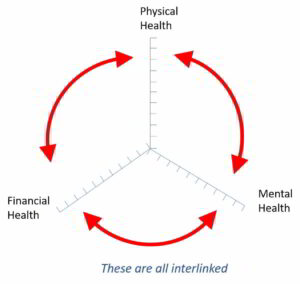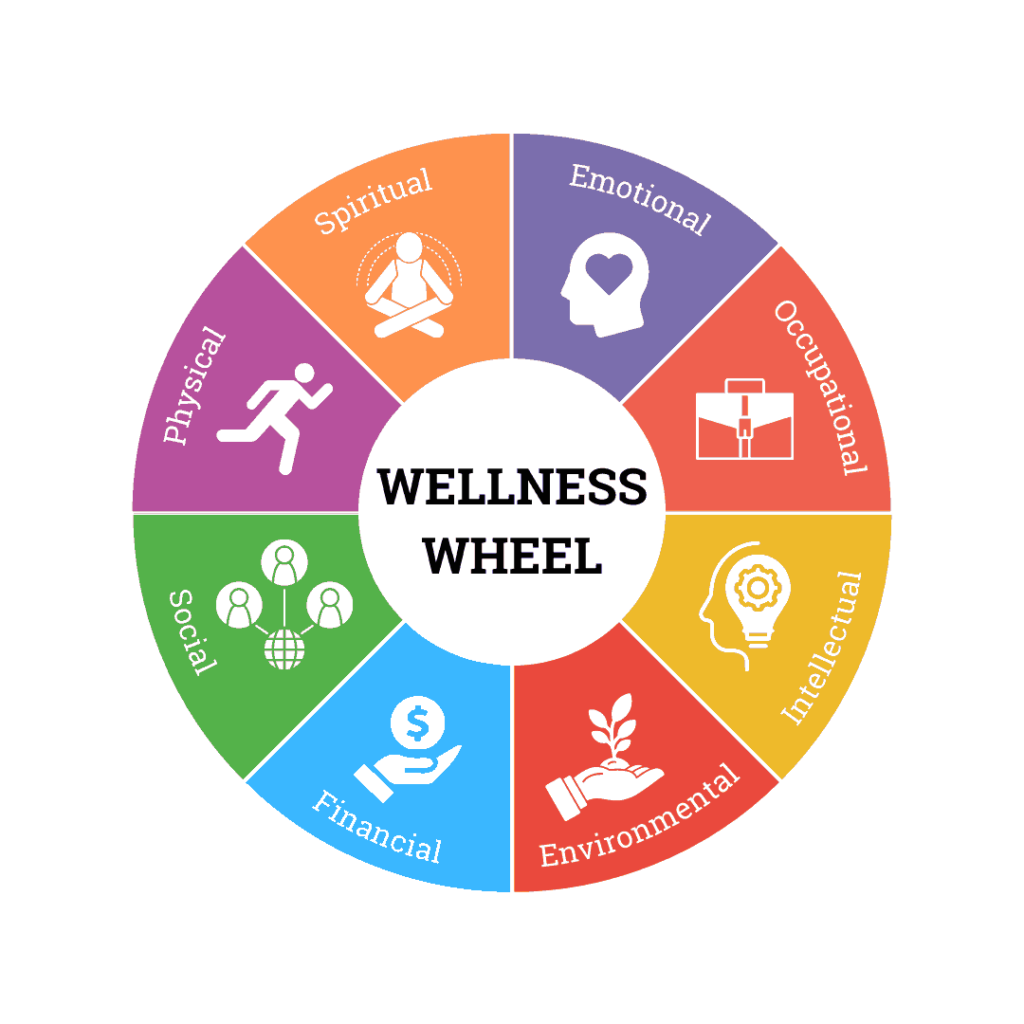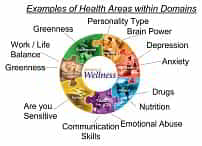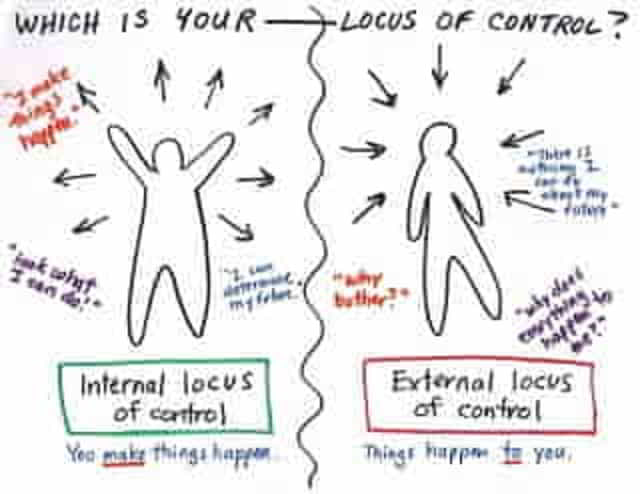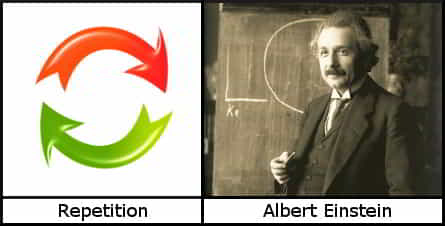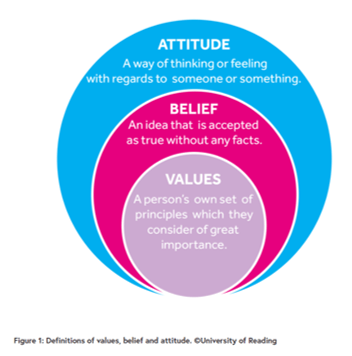Your Dashboard Tools
it's 22 Sep, 2024 10:05 pm
Compassion Fatigue
field_5f0c304c72876 - is the title of the exercise
Exercise Summary
Compassion fatigue, also known as second-hand shock and secondary stress reaction, describes a type of stress that results from helping or wanting to help those who are traumatized or under significant emotional duress.
Symptoms include: Feeling helpless, hopeless or powerless. Feeling irritable, angry, sad or numb. A sense of being detached or having decreased pleasure in activities. Ruminating about the suffering of others and feeling anger towards the events or people causing the suffering.
You might not be familiar with the term “compassion fatigue,” but you probably recognize the idea behind it: it’s the feeling that you have no more empathy left to give. Compassion fatigue used to be something that mostly struck health care workers, first responders, law enforcement officers and at-home caregivers. But as the pandemic continues and the 24-hour news cycle brings nonstop news of suffering from around the world, we’re all at risk of compassion fatigue.
Things you can do:
Get enough sleep
Eat well
Exercise regularly
Do activities you enjoy regularly
Build and maintain a good support system
Pursue a good work/personal life balance.
Main Activity
Study, educate and create an action plan of activity
The following was published by GoodTherapy:
1. GET EDUCATED
If you know you are at risk for compassion fatigue, taking the time to learn the signs and symptoms can be a helpful means of prevention.
The most common signs and symptoms of compassion fatigue include:
Chronic exhaustion (emotional, physical, or both)
Reduced feelings of sympathy or empathy
Dreading working for or taking care of another and feeling guilty as a result
Feelings of irritability, anger, or anxiety
Depersonalization
Hypersensitivity or complete insensitivity to emotional material
Feelings of inequity toward the therapeutic relationship
Headaches
Trouble sleeping
Weight loss
Impaired decision-making
Problems in personal relationships
Poor work-life balance
Diminished sense of career fulfillment
Knowing the signs and symptoms and continuing to check in with yourself can help you better prevent and manage compassion fatigue if it arises. Many people find that ranking their level of compassion fatigue on a scale of 1-10 is an effective strategy. For example, a rank of 6 might mean you are declining social invitations due to feeling drained and a 7 might be difficulty sleeping due to excessive worry about someone else’s well-being.
Cultivating a high level of self-awareness and understanding of how your 6 differs from your 7 can help you gauge where you are so you can implement necessary strategies to avoid the red zone that would likely be a 9 or 10.
It is not only the work itself that poses a risk, but the person’s life conditions as well. For example, someone who is not only taking care of people at work, but also caring for a child or adult family member at home may be even more susceptible to compassion fatigue. If you are currently experiencing increased life stressors at home as well as in the workplace, prevention strategies against compassion fatigue may be important.
2. PRACTICE SELF-CARE
Practicing self-care can be a critical method of protecting yourself against compassion fatigue. It is not uncommon for those who are constantly concerned with the needs of others to wind up neglecting their own.
Those who practice good self-care are significantly less vulnerable to stress and compassion fatigue than those who fail to do so. A good self-care regimen will look different for each person, but it should generally include:
Balanced, nutritious diet
Regular exercise
Routine schedule of restful sleep
Balance between work and leisure
Honoring emotional needs
Making time for these self-care activities leaves less room for overworking, which can lead to compassion fatigue, said Nicole Urdang, MS, NCC, DHM, a holistic psychotherapist based in New York.
“Overworking is often at the heart of compassion fatigue and its first cousin: vicarious trauma,” Urdang said. “Taking the very best care of yourself includes setting limits.”
3. SET EMOTIONAL BOUNDARIES
It can be especially important for therapists, social workers, nurses, and caregivers alike to set firm emotional boundaries to protect themselves. Empathy and compassion are generally at the forefront of a human services career.
The challenge is to remain compassionate, empathetic, and supportive of others without becoming overly involved and taking on another’s pain. Setting emotional boundaries helps maintain a connection while still remembering and honoring the fact that you are a separate person with your own needs.
If people in a human services career are exposed to too much trauma, they may begin to feel overwhelmed, and people may feel that overwhelm in different ways, Urdang said.
“It might manifest as insomnia, overeating, skipping meals, addictive behavior, isolating oneself, depression, anxiety, or anger. We might find ourselves fighting with partners or children, having no patience, feeling exhausted, noticing a lowered libido, unmotivated, and, paradoxically, being less interested in what our clients have to say,” she said. “Believe it or not, these are all helpful, as they quickly alert us to our depleted state. If we are paying attention and are committed to radical self-care, we can act on this awareness by rebalancing our life. If that is not possible, simply taking short breaks throughout the day to close your eyes, focus on your breath, or put your hands on your heart and send yourself some compassion can all make a big difference.”
4. ENGAGE IN OUTSIDE HOBBIES
Maintaining a solid work-life balance can help protect you from compassion fatigue. When all your time is spent working or thinking about work, it can be easy to burn out. Studies have shown work-life balance is becoming more important to workers, and making time for leisure activities and personal hobbies outside of work can help lower stress levels and improve overall life satisfaction.
5. CULTIVATE HEALTHY FRIENDSHIPS OUTSIDE OF WORK
While it is great to have strong relationships with your co-workers, it is equally important to cultivate and maintain healthy relationships outside of work. It can sometimes be difficult for co-workers to avoid talking about work even outside the workplace. Connecting with friends who are not aware of the ins and outs of your work situation can provide much needed emotional and professional relief.
6. KEEP A JOURNAL
Journaling is an excellent way to process and release emotions that may arise from your line of work. Taking the time to cultivate self-awareness and connect with your personal thoughts and feelings can help prevent suppression of emotions, which can lead to compassion fatigue over time.
7. BOOST YOUR RESILIENCY
Resilience is our ability to bounce back from stress. While some people seem to naturally be more resilient than others, resilience is a skill that can be learned and cultivated.
“Resilience can be thought of as the ability to adapt to and become stronger through adversity,” said Marjie L. Roddick, MA, LMHC. “It can be a protective factor against compassion fatigue, so those with higher resiliency are better able to prevent compassion fatigue. Resilience is something that can be learned, and enhancing or boosting it can reduce the effects of compassion fatigue as new coping methods are learned.”
8. USE POSITIVE COPING STRATEGIES
While it may be tempting to wash away the stress and emotional burdens of your job with alcohol or drugs, this can actually work in the reverse and compound stress in the long run. Consider making a list of positive coping strategies to use in times of stress. This might include deep breathing, meditation, taking a walk, talking with a friend, watching a funny movie, or relaxing in a hot bath.
9. IDENTIFY WORKPLACE STRATEGIES
Workplace strategies are often an important part of compassion fatigue prevention. If your employer does not currently have any in place, consider suggesting their implementation.
Some workplace strategies that have been proven to be beneficial are:
Support groups and open discussions about compassion fatigue in the workplace
Regular breaks
Routine check-ins
Mental health days
Onsite counseling
Relaxation rooms, massage, meditation classes, etc.
10. SEEK PERSONAL THERAPY
If you find yourself feeling emotionally vulnerable, significantly stressed, or overwhelmed, consider seeing a therapist who can help you process your feelings and implement strategies to help you combat compassion fatigue and maintain a healthy work-life balance.
Video
Title
Summary
Play
Now you have to decide if you want this exercise to be part of your action plan.
If you don’t, then either hit the back arrow or click the button to go back to look at another exercise.
If you do, then carry on down the page and follow the instructions.
If you want to include this exercise in your action plan, select Yes from on the right then click the green button saying ‘Include this exercise’.
Sadly you’ll go back to the top of this page – please scroll down and fill in the bits that appear before here.
Add a comment
You can leave a comment below – we’ll get back to you.
